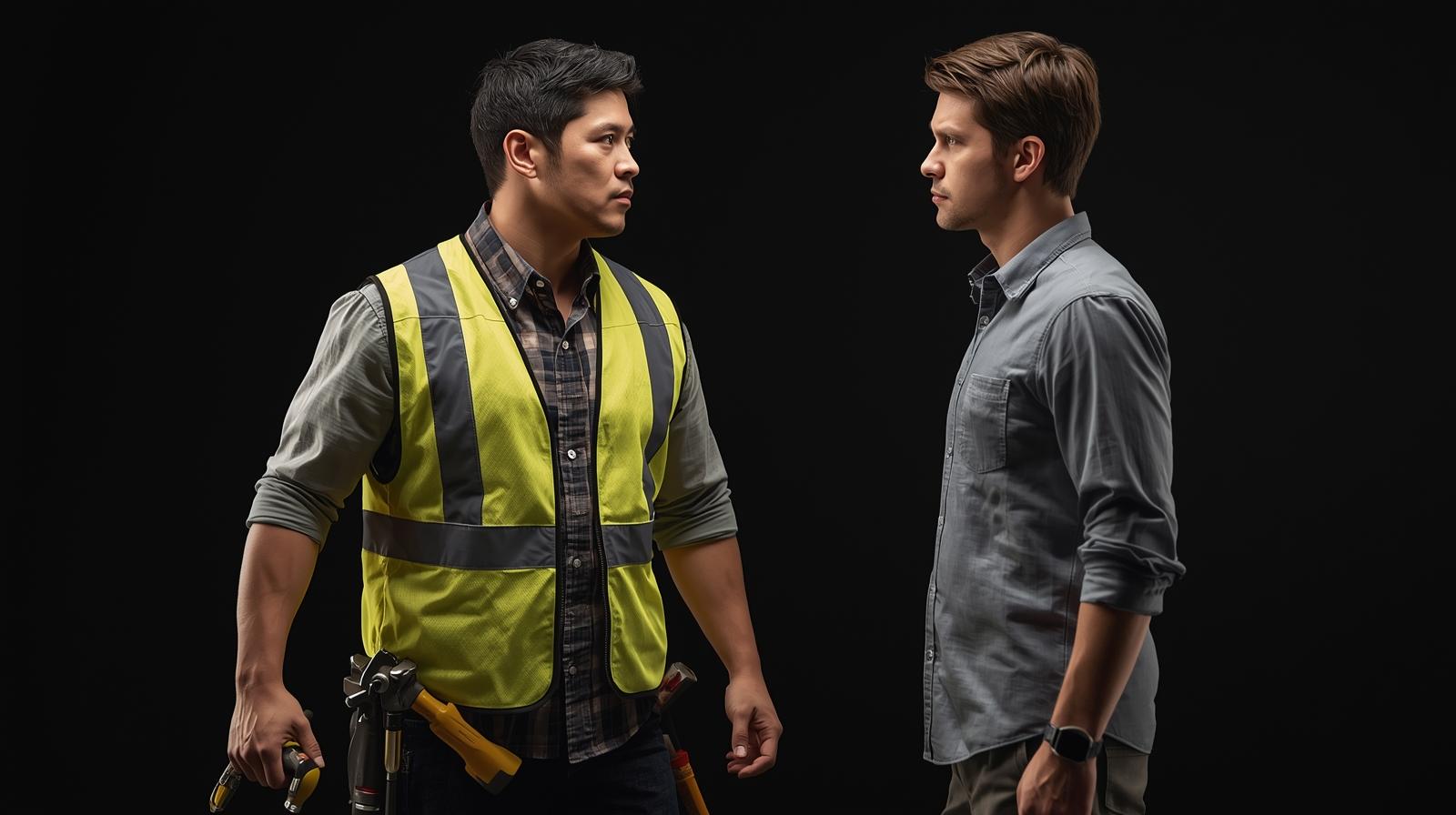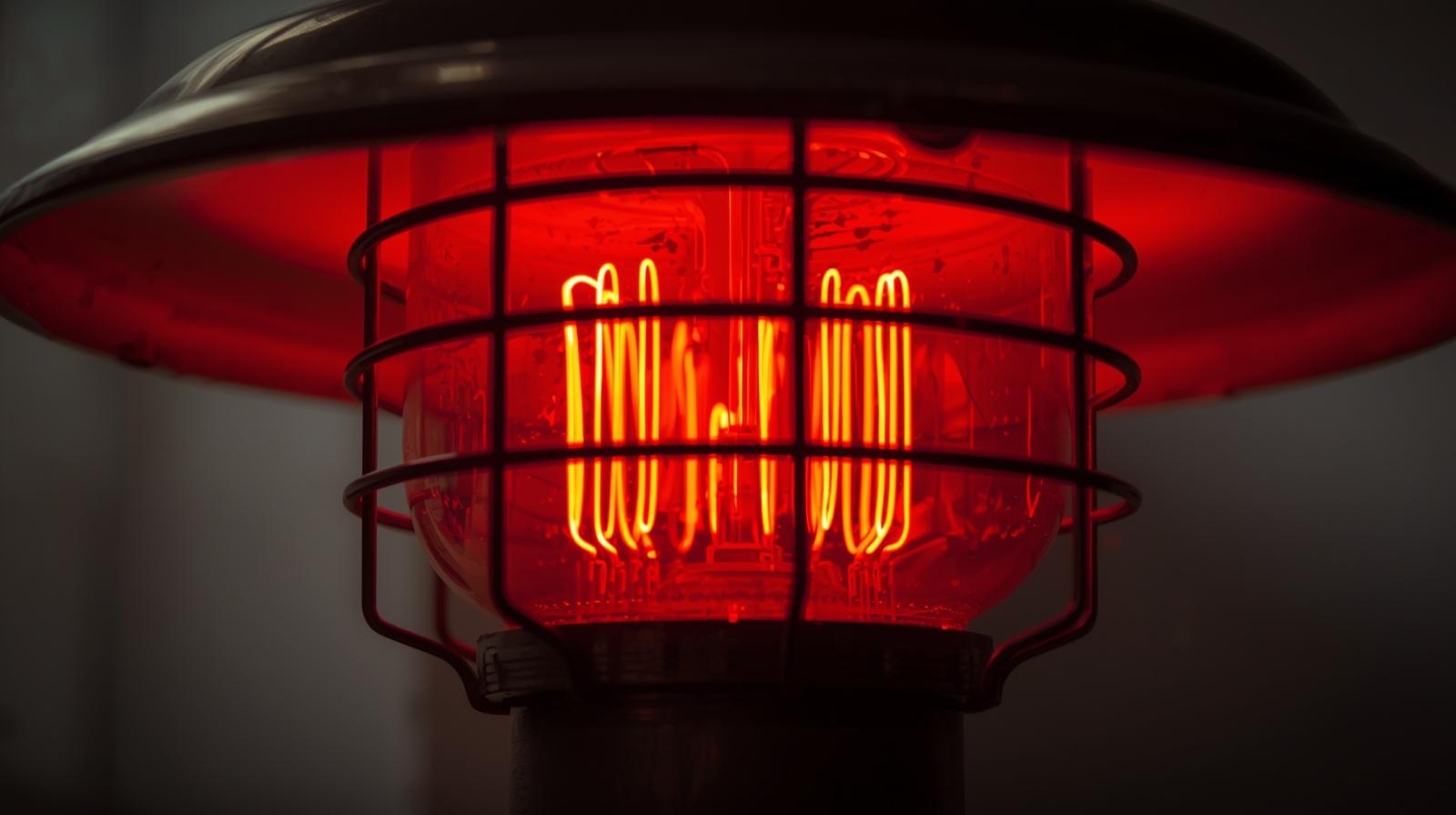
Can Epoxy Flooring Last Outside? UV Damage vs. Durability Explained
Can Epoxy Flooring Last Outside? UV Damage vs. Durability Explained
Epoxy is the undisputed champion of garage floors and commercial kitchens. Its seamless, chemical-resistant, and high-gloss finish is perfect for indoor spaces. But what about that sunny patio, the cracked sidewalk, or the worn concrete porch? Can you leverage epoxy's legendary durability for outdoor use?
At Haslett Handyman, we get this question a lot. The short answer is yes, but only if you use the right product and technique. The long answer requires a deeper look into epoxy's biggest outdoor enemy: UV light.
The Biggest Threat: Why Standard Epoxy Fails Outdoors
Standard epoxy—the kind typically used for garage floor coatings—is an organic polymer that is not formulated to handle direct, unfiltered sunlight.
1. The Problem: UV Degradation and Yellowing
When exposed to Ultraviolet (UV) rays, standard epoxy undergoes a process called "ambering" or "yellowing."
- Aesthetic Failure: The clear coat or the epoxy color itself starts to turn a dingy, hazy yellow. This is purely aesthetic but destroys the look of the floor.
- Chalking (Loss of Integrity): Over many years, UV exposure can cause the epoxy to become brittle and chalky, leading to a loss of adhesion, flaking, and premature failure of the coating.
2. The Solution: Polyaspartic and Urethane Topcoats
You should never use standard epoxy as the top layer for any outdoor application. To ensure a durable, long-lasting finish on a patio, pool deck, or outdoor entryway, the epoxy base must be protected by a UV-stable topcoat.
The two professional-grade options are:
Professional-Grade Outdoor Epoxy Topcoats
Polyaspartic is the ideal coating type for high-traffic areas like patios, driveways, and pool decks, especially those requiring fast curing. Its key benefits include being 100% UV Stable (meaning it will not yellow), possessing high abrasion resistance, and offering the flexibility needed to handle wide temperature shifts common in outdoor environments.
Aliphatic Urethane is best used over existing epoxy base coats, on covered porches, or as a clear coat sealant. It provides excellent chemical resistance and good UV resistance, resulting in a tough, durable protective layer that helps prevent surface yellowing and wear.
The Pro Technique: A successful outdoor application starts with an epoxy or polymer base coat (for adhesion and color) and finishes with a dedicated, thick layer of Polyaspartic or Aliphatic Urethane for protection against the elements.
Suitability: Where Epoxy (with Protection) Excels
When applied correctly with a UV-stable topcoat, epoxy systems are highly suitable for several outdoor concrete surfaces, especially here in Michigan where we experience extreme temperature shifts.
1. Concrete Patios and Walkways
Epoxy systems are perfect for concrete that is stained, pitted, or cracked (after proper repair).
- Durability: It provides a continuous, highly durable surface that resists abrasion from foot traffic and patio furniture better than simple concrete stain.
- Protection: It seals the concrete, preventing moisture intrusion, which is the primary cause of cracking and spalling during freeze-thaw cycles.
2. Pool Decks and Wet Areas
For pool decks, professional installers often use a textured or flake-chip system.
- Slip Resistance: A crucial feature for wet areas is slip resistance. Epoxy or Polyaspartic coatings can be formulated with aggregate or embedded flakes to create a rough, grippy surface, making them safer than bare, smooth concrete.
- Chemical Resistance: They resist chlorine and other pool chemicals without fading or softening.
Why DIY Outdoor Epoxy is Risky
Outdoor epoxy requires a meticulous application process that is far more demanding than indoor work:
- Surface Prep is Non-Negotiable: The concrete must be thoroughly cleaned, etched, and free of all old sealers, oil, and moisture. Failing to prepare the concrete correctly guarantees the coating will delaminate (peel off).
- Working with Moisture: If the concrete slab is porous or lacks a vapor barrier, moisture can migrate up through the slab and break the bond between the concrete and the coating. A professional can test for this issue and use specialized moisture-mitigating primers.
- Temperature and Humidity: Epoxy and Polyaspartic products have strict temperature and humidity requirements during application. Getting the timing right is critical for proper adhesion and curing, especially on large outdoor surfaces.
The Haslett Handyman Recommendation
While the allure of a DIY outdoor epoxy job is strong, the materials and techniques required to ensure UV stability and prevent moisture failure are complex. If you want a stunning, durable, scratch-resistant outdoor coating that will last for years without yellowing, it's an investment that requires professional application.
The team at Haslett Handyman specializes in surface preparation and applying high-performance Polyaspartic coatings designed specifically for exterior use. We ensure your surface is properly prepped and the UV-stable topcoat is flawlessly applied, protecting your investment for the long haul.
Ready to upgrade your patio or porch with a tough, maintenance-free finish? Contact us today for an estimate!
.jpg)

